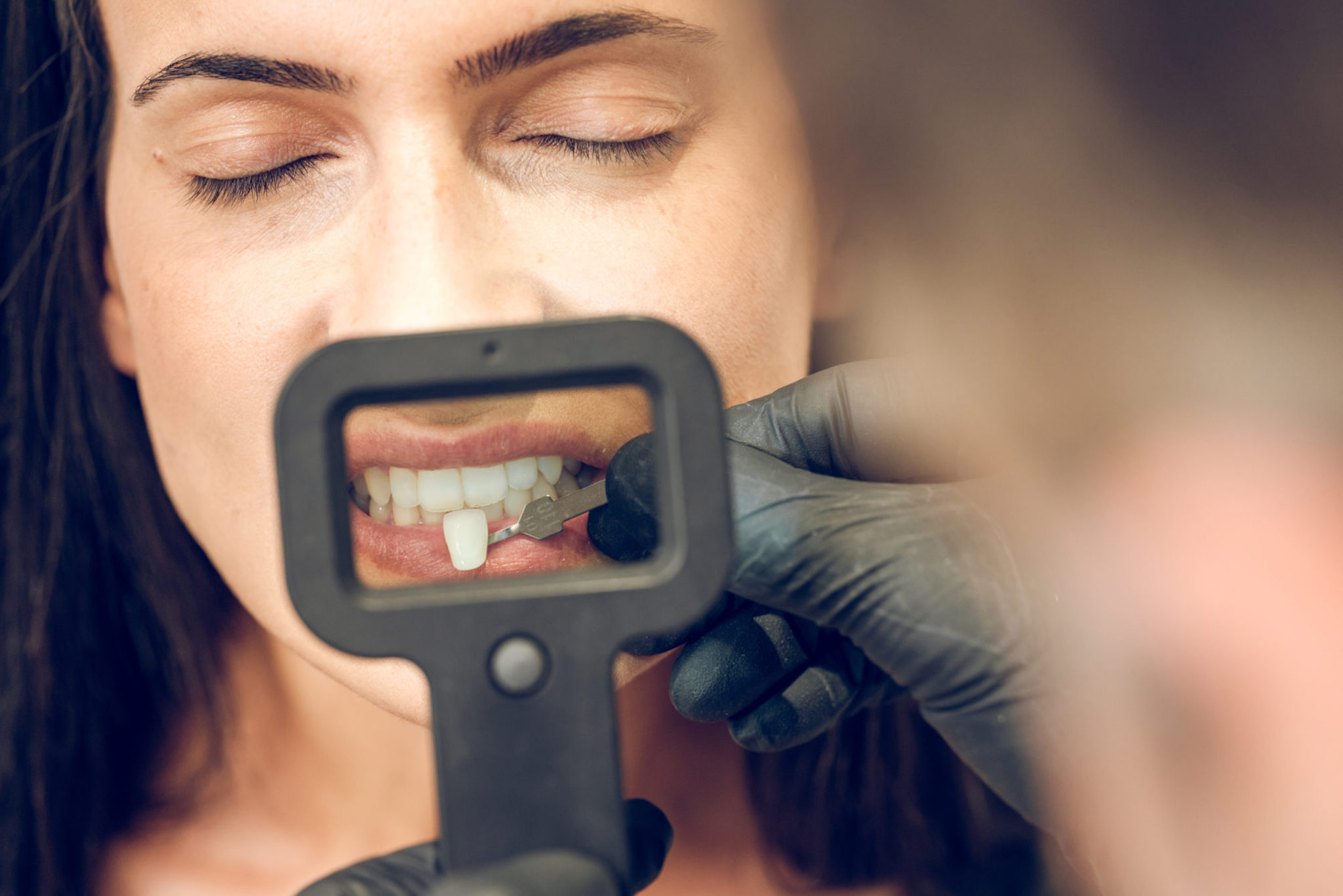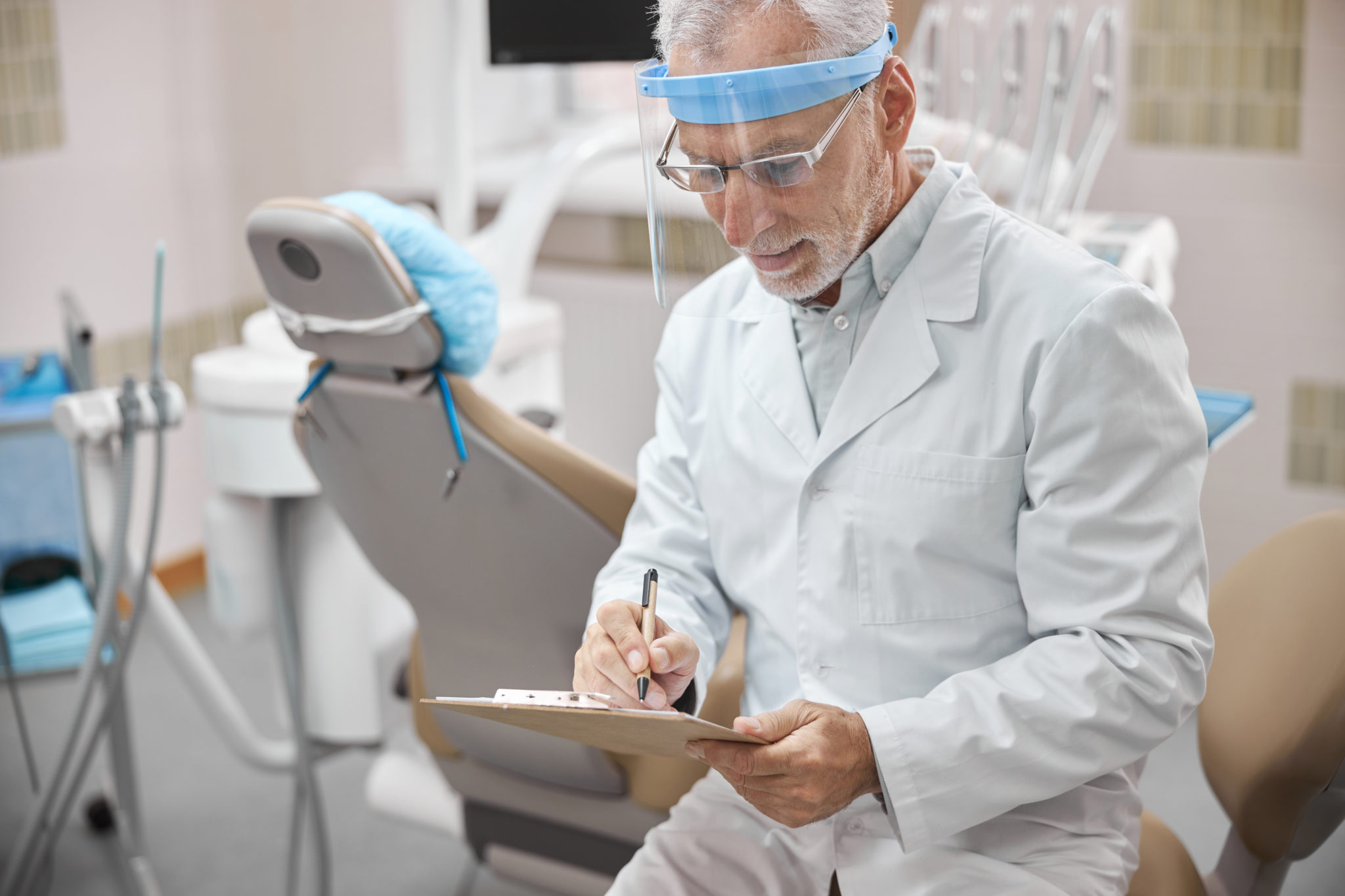Before Numbing The Patient
• Take impression for pre-op full arch study cast.
• Take full-face and close-up smile photos with lips unretracted and teeth slightly apart to show the occlusal plane and incisal length in relation to the lips.
• Discuss improvements to be made with the patient. Note changes on the laboratory work order.
• Send a study model of the teeth as photographed.
Bite Registration
Send a centric occlusion bite registration for all cases (including quadrant, full arch, or triple tray). Take registration with a firm material over the preparations only. Material placed over non-prepped teeth will hide your view of centric occlusion. We recommend any firm vinyl polysiloxane. Do not use wax or acrylic bite materials.
Impressioning
• Subgingival – It is important to pack dual cord around all subgingival margins. The impression must capture tooth structure below the margin to allow the margins to be identified on the stone cast. Cordless impressioning techniques are for supra-gingival margins only.
• Prior to impressioning, please polish rough proximal contacts.
• Quadrants – Quadrant impressions should include anteriors to the mid-line.
• Inspect all impressions carefully under high magnification to confirm accuracy.
Shade Taking
• Take Shade at the beginning of the appointment while teeth are fully hydrated. When taking pictures,
position the shade tab so the incisal edge of the tab is opposing the incisal edge of the tooth. You can also check out our blog post called “Shade Accuracy Guidelines For Restoration” for more information on the best practices for shade taking.
Photography
• Provide photos for any restorations requiring color characterizations of any kind. Quality smart phone photos are acceptable.
Draw
• Check for overhanging proximal teeth that prevent proper draw, especially in the lower arch where excessive Curve of Spee may be present. Adjust contacts as necessary to facilitate the draw of the bridge or crown.
Veneers and Thin All-Ceramic Restorations
• Take Prep shade so the ceramist can determine the level of porcelain opacity necessary to achieve the finish shade.
• When selecting an all-ceramic crown restoration, a material with adequate opacity is indicated to mask darker stump shades.
Implants and Simplicity for your Practice
If you are unsure of which abutments, healing abutments, or componentry to use, please call us. We stay abreast of the latest products and techniques from Nobel-Biocare, Zimmer-Biomet, Straumann, Biohorizons, Astra, and all manufacturers. Of course, we can be most helpful when included early in any case planning involving the restoring dentist, surgeon, and technician team. However, if that is not possible, then please provide an impression at the level of the implant fixture. We can loan you a torque driver for proper delivery of the custom abutment and restoration to the patient. We have additional aids and information available, as well.






